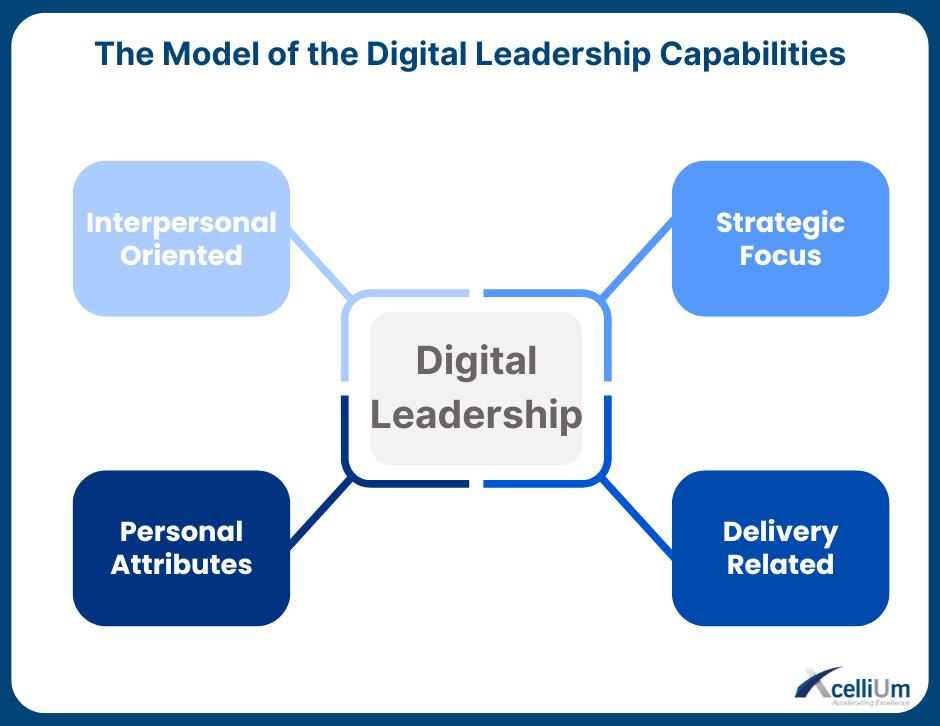A Balanced and Integrated Approach for Organizational Excellence
- Nina Keyrouz
- May 29, 2024
- 3 min read

In the last few years, we have extensively explored how organizations can optimize the outcomes of their improvement projects. The Shingo Institute has conducted significant research in this field, which led to the evolution of the model in its current version, focusing on the importance of culture in driving the behaviors necessary for achieving excellence.
In my recent business encounters, working with integrated management systems, change management, project management, and the implementation of excellence models, one key question consistently arises: How can we facilitate the deployment of any new methodology or framework effectively? How can we integrate all the standards that organizations require to deliver high-quality, compliant products and services without overwhelming our people?
We are in a race against the rapid advancement of technology. With the latest capabilities of ChatGPT-4o and copilot tools, organizations strive to stay relevant, often placing significant demands on their employees and causing change fatigue. Given these challenges, the question becomes:
Where should we focus our efforts?
Should we prioritize change management methodologies, the adoption of new tools, the development of a robust culture, or the establishment of strong systems?
Here is what we believe will make a difference for organizations:
1. Focus on Alignment and Integration:
Ensure that all efforts are aligned with the organization’s strategic goals. Integration of various methodologies and frameworks should be seamless and coherent, supporting a unified direction.
Develop a clear roadmap that ties all initiatives to the overall business strategy, ensuring that every project and improvement effort contributes to the larger objectives.
2. Maintain a Balanced Approach:
While planning, it’s crucial not to overlook any key elements. Culture is an enabler for other initiatives and, though it takes time to develop, it should be a starting point. Building a strong culture aligned with desired behaviors will help achieve organizational plans. Simultaneously, remain agile and maintain a happy, engaged workforce.
Regularly assess the impact of new initiatives on employee well-being and adjust strategies to prevent burnout and sustain motivation.
3. Use Fit-for-Purpose Tools:
Select tools that are specifically suited to your organization’s needs and objectives. This ensures that the tools enhance efficiency without adding unnecessary complexity.
Evaluate and pilot tools before full-scale implementation to ensure they meet the organization’s requirements and integrate smoothly with existing systems.
4. Align with Strategic Plans:
Implement what fits your organization best and aligns with your strategic objectives. Tailor your approach to suit your unique context and goals.
Involve key stakeholders in the planning and decision-making process to ensure buy-in and alignment with strategic priorities.
5. Develop Adequate Systems:
Make sure that your systems are robust and adequate to support your initiatives. Well-established systems provide a strong foundation for other improvements.
Continuously monitor and refine systems to adapt to changing needs and technologies, ensuring they remain effective and efficient.
6. Emphasize Continuous Improvement:
Foster a culture of continuous improvement where feedback is regularly collected and used to make iterative enhancements to processes and systems.
Encourage innovation and experimentation, allowing teams to test new ideas and approaches in a controlled environment.
By focusing on these key areas, organizations can navigate the complexities of integrating new methodologies and frameworks while fostering a culture of excellence. This holistic approach not only addresses immediate challenges but also sets the stage for sustainable growth and continuous improvement.
In conclusion, the journey to organizational excellence is multifaceted, requiring a balanced and integrated approach.
By aligning initiatives with strategic goals, maintaining a focus on culture, using the right tools, ensuring robust systems, and fostering continuous improvement, organizations can thrive in today’s rapidly changing environment.
This comprehensive strategy will not only mitigate change fatigue but also drive long-term success and resilience. The Shingo Model brings the right emphasis on the "Organizational Culture Element" needed for sustainable results.
Build Excellence by Design!
Nancy Nouaimeh
Culture Transformation and Organizational Excellence Expert






Comments